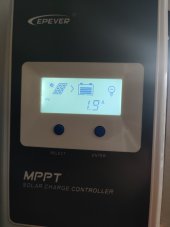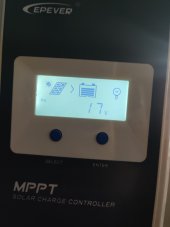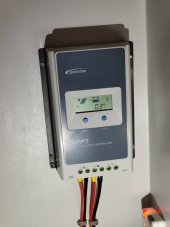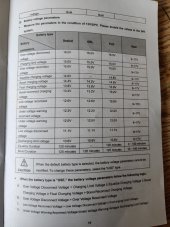Yup! They're magical! Just make sure you connect the battery FIRST so the controller knows what voltage it's supposed to work with. With some controllers if you plugged in the panels first it thought you had an 18v battery and cooked!

When in parallel the VOLTS stay the same to the lowest common value (which is why mixing & matching can be a bit problematic) but the AMPS going out add up together. So, 3 panels at 100w rating are probably something like 20v @ 5a. 20v * 5a = 100w. 3 in PARALLEL will be 20v * 15a = 300w!
When in SERIES it's the other way around, so those same panels would be 60v * 5a = 300w because the AMPS stay the same but the VOLTS add together.
The MPPT is going to convert that voltage and amperage coming in to whatever volts you need going out at however many AMPS the controller and/or panels can produce. In your case, and this is all perfect world concept math here, you'd have 60v * 5a = 300w coming in, but your battery wants 12v to charge, so the MPPT is going to take that 300w and put out 25a because 12v * 25a = 300w.
The MPPT controller will try to start charging the battery as soon as it has enough voltage to work with. When your panels are in PARALLEL that means all 3 panels have to get over 12v before anything happens. In SERIES each panel only has to get over 4v because 4v *3 panels = 12v. Now that cloudy day is producing jjjuuusstt enough power to at least get Something going into the batteries.
Like I said, Magic!

And rough concept napkin math. ?









